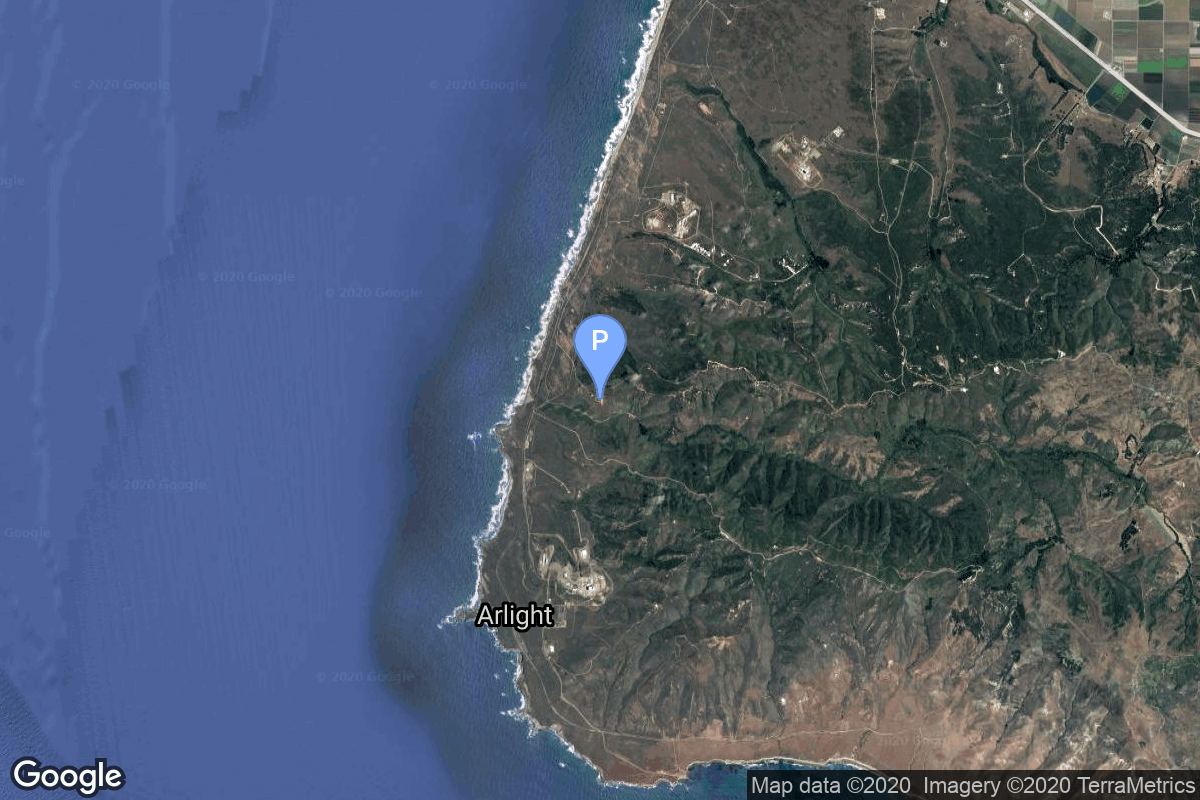Explorer 24 & 25
Scout X-4
National Aeronautics and Space Administration
Mission
Explorer 24 & 25
- Type: Earth Science
- Orbit: Elliptical Orbit
Explorer 24 was placed in orbit together with Explorer 25 from a single launch vehicle. Explorer 24 was identical in configuration to the previously launched balloon satellites Explorer 9 and 19. The spacecraft was 3.6 m in diameter, was built of alternating layers of aluminum foil and plastic film, and was covered uniformly with 5.1-cm white dots for thermal control. It was designed to yield atmospheric density near perigee as a function of space and time from sequential observations of the sphere’s position in orbit.
Location
Rocket
Vought Scout X-4
The Scout family of rockets were were American launch vehicles designed to place small satellites into orbit around the Earth. The Scout multistage rocket was the first orbital launch vehicle to be entirely composed of solid fuel stages.
Agency
National Aeronautics and Space Administration
The National Aeronautics and Space Administration is an independent agency of the executive branch of the United States federal government responsible for the civilian space program, as well as aeronautics and aerospace research. NASA have many launch facilities but most are inactive. The most commonly used pad will be LC-39B at Kennedy Space Center in Florida.

